Tour Guide on Tour: Cavalry Charges, Matzah Art & The Who
- Kobi Tour Guide of Israel

- Jul 3, 2020
- 5 min read
Updated: Aug 21, 2020
As a tour guide of Israel I have been unemployed for the past 4 months with cancellations for the next 4 months as well, due to the coronavirus situation. So how have I kept busy - besides building this website? Now that we are allowed outside, I have been going on my own tours to the kinds of places that one does not usually see on a first or even second tour of Israel. These true off-the-beaten path places are full of hidden gems and one of them - where I spent the last two days - is the desert town of Beer Sheva.
Beer Sheva has been the place that people passed over as they head south into the Negev desert towards Sde Boqer and Mitzpeh Ramon. In the last few years however, a major change began to take place in the city, which has started to put it on the touring map. And it was time for me, finally, to take a first-hand look at the city's revival.
Modern Beer Sheva was founded in 1900 as the only town established by the Ottomans in their 400-year rule in the land. Beer Sheva appears numerous times in the Bible). It was founded to gain the favor of the local Bedouin in order to keep the British on the other side of the Suez Canal (in Egypt). Jews immediately arrived as well, but many left after the Arab riots of the 1920s and 1930s and finally the few remaining Jews left at the beginning of the War of Independence in 1948. When the war came to Beer Sheva however the Bedouin Arab population all fled and it ended up becoming a city of Jewish immigrants/refugees from Middle Eastern countries and later other countries as well (like the USSR and Ethiopia). It was also the sight of a famous battle in 1917.
Here were my main stops:
Stop 1: The Old Train Station
A cute place but nothing like its counterparts in Jerusalem or Tel Aviv. It did have a neat photo exhibition of old photos of Beer Sheva. It was built by the Ottomans as part of the Hijazi Railway network during WWI.
Stop 2: The ANZAC Museum and Cemetery
This place was absolutely fantastic. It was an incredibly well done museum/memorial - modern, engaging and interactive. It tells the story of the Australian Light Horse and their charge into Beer Sheva in November 1917 as well as the importance of that moment for the future State of Israel. The impeccably kept cemetery had 4 winners of the Victorian Cross, 1 Dane, 1 Jew and 1 Captain Walker (like Captain Walker from the Who's rock opera Tommy), not to mention the son of the guy who invented margarine. Overall it took an obscure historical moment and really made it come alive and I cannot recommend it enough.
Stop 3: The Negev Art Museum and Islamic Art and Culture Museum
I was told that the Negev Art Museum was a little unknown artistic gem but the truth is that my small shared apartment in Jerusalem was bigger. It did have a neat exhibit on corona and quarantine which included perhaps the most impressive piece of art I have ever seen. Daniella Meller made a piece of art entitled "Getting Crazy" with embroidery and felt-tip pen on, I kid you not, a piece of round matzah [see photo]. How she managed to not break the matzah while doing this is perhaps the biggest miracle of all. The Islamic Art and Culture museum is based in an old mosque, and while also small, had a lovely modern exhibit.
Stop 4: A Total Bust
Stopping in Allenby Garden we came across a huge pedestal which apparently was built for a big impressive statue and in the end.... was only a bust. It is a very weird juxtaposition [see photos].
Stop 5: The Old City of Beer Sheva
This was an ultra-modern facility which tells the story of Abraham, his legendary hospitality, and his connection to the city of Beer Sheva. Afterwards we saw two wells (be'er means well in Hebrew) which date back at least to Byzantine times. We also saw a place that sold "fruit sushi" (see photo).
Stop 6: The Gateway to the Negev Museum
This "museum" seemed to be much more of a promotional site, advertising living in the Negev to the Israeli society. It's important since the desert makes up some 60% of Israel's land but holds only 8% of its population. This is obviously not sustainable. They did have some cool hi-tech exhibits inside.
Stop 7: Abraham's Well
This was an ultra-modern facility which tells the story of Abraham, his legendary hospitality, and his connection to the city of Beer Sheva. Afterwards we saw two wells (be'er means well in Hebrew) which date back at least to Byzantine times.
Stop 8: An Ethiopian-Jewish Handicrafts Center
We were able to stop in to see some of the pottery-work being done by older Ethiopian-Jewish immigrants at a community center. They had some beautiful things on display. The director said that they can arrange a speaker for us and even a workshop along with traditional food.
Stop 9: Lunada Children's Museum
This was a fabulous Children's Museum which is skill-based and learning-based and highly interactive and accessible and can easily occupy kids for several hours. Highly recommended.
Stop 10: Yakuta Moroccan-Jewish Restaurant/Palace
This place came highly recommended and it didn't disappoint. The decor looks like a Moroccan palace and it has several rooms including a hall with a dancing area and video projector which can be used for events.
Verdict: There is enough here for a day tour especially combined with Tel Beer/Sheva, the ancient archaeological site which dates from the 8th c. BCE and further back, during First Temple times. Staying in the city is still problematic - and definitely not for groups - but there are a few decent small options for families and individuals that have opened up in the old city. I would recommend Tel Beer/Sheva followed by lunch in the Old City and a small walk around the the area, stopping into the arts complex (and some of the other arts options) if interested. In the afternoon with teens/adults do the ANZAC museum and perhaps the Ethiopian arts center and with younger kids go to the Lunada Childrens Museum. If you'd like to stay for a nice dinner, end the day dining in style at Yakuta (not for kids) and perhaps a show at the Fringe Theater across the street (Beer Sheva is known for its Fringe Festival every July). Still, this is something I'd probably do with repeat visitors to Israel, though if someone had a deep interest in the ANZAC story or military history, etc. it could be added in. It's also a good stop on a multicultural tour of Israel. The arts are just a bonus, not necessarily a reason to come here.
For more about the resurgence of Beer Sheva see my recent post here: https://www.tourguideofisrael.com/post/beersheba-from-camel-market-to-cultural-and-innovation-hub
Don't forget to follow me on FB, Instagram and/or Twitter to get all my blog post updates:
And check out - and share - my videos on YouTube : https://www.youtube.com/channel/UCli9MpzZdJHSeiDXNFjM5QA
#tourguideofisrael #tourguideisrael #israeltourguide #israelguide #israeltour #israeltrip #israeltours #israeltrips #privateisraelguide #israelprivateguide #privateguideofisrael #personalizedeisraelexperience #tourisrael #tourofisrael #toursofisrael #triptoisrael #culinarytoursofisrael #culinarytourofisrael #israelculinarytour #israelculinarytours #israelwinetour #israelwinetours #israeliwinetour #israeliwinetours #israelfoodtour #israelfoodtours #israelifoodtour #israelifoodtours #israelfoodandwinetour #israelfoodandwinetours #foodandwinetourofisrael #foodandwinetoursofisrael #winetourofisrael #winetoursofisrael #foodtourofisrael #foodtoursofisrael
#israelartsandculture #israeliartsandculture #artsandcultureofisrael #israelartsandculturetour #israeliartsandculturetour #israelartsandculturetours #israeliartsandculturetours #toursofisraelsartsandculture #toursofisraeliartsandculture #israelarts #israelculture #israelistreetart #streetartofisrael #israelistreetarttour #israelistreetarttours #israeligraffititour #israeligraffititours #tourofisraeligraffiti #toursofisraeligraffiti #tourofisraelistreetart #toursofisraelistreetart #israelmulticulturaltour #israeldiversitytour #israelmulticulturaltours #israeldiversitytours #multiculturalisraeltour #multiculturalisraeltours #diversityofisraeltour #diversityofisraeltours #israelethnicmosaictour #israelethnicmosaictours #ethnicmosaicofisraeltour #ethnicmosaicofisraeltours #israelsethnicmosaictour #israelsethnicmosaictours #multiculturalisrael #diversityofisrael #israelsdiversitytour #israelsdiversitytours #israelimulticulturaltour #israelimulticulturaltours #israelidiversitytour #israelidiversitytours #israelsethnicmosaic #israelsdiversity


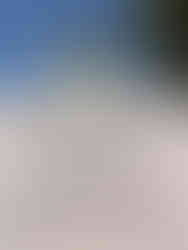





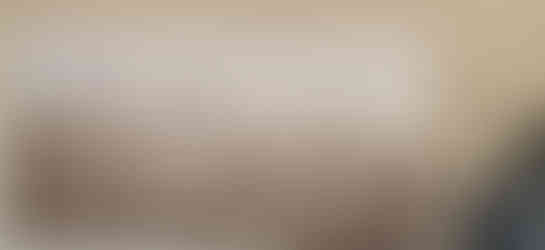





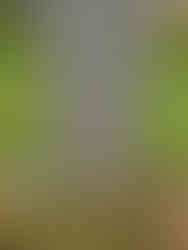





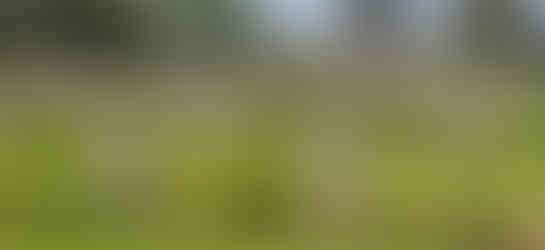



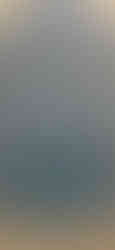



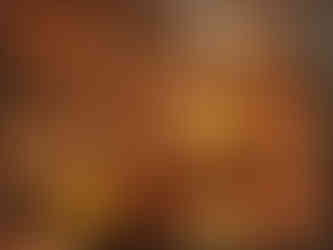



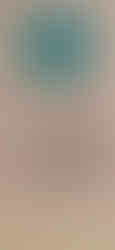

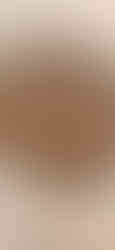



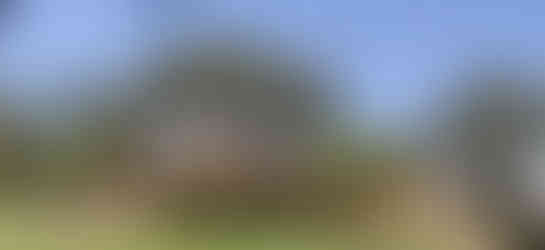

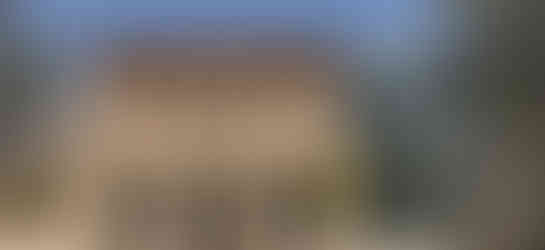

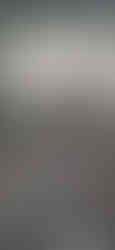

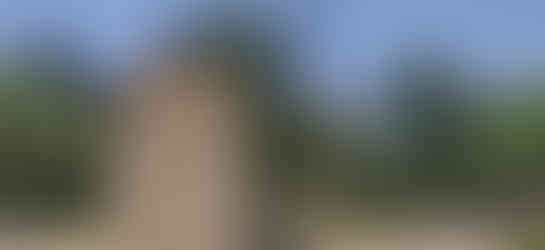





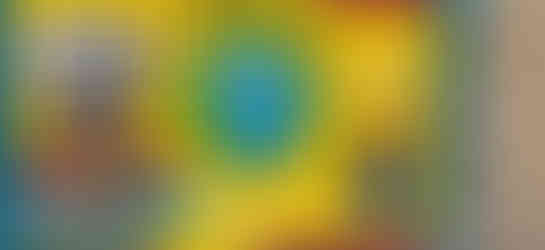

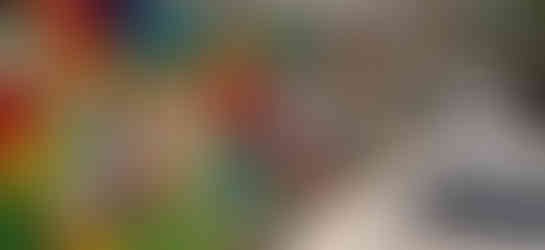

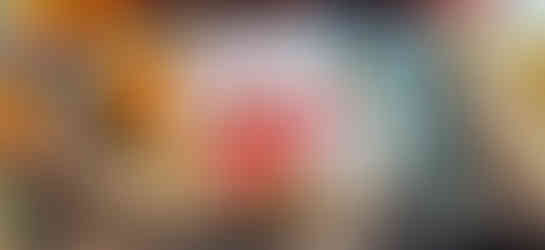

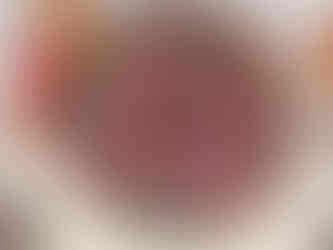









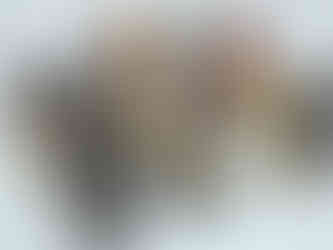



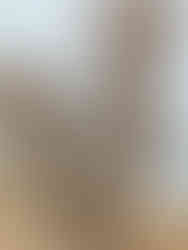




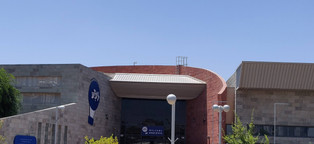
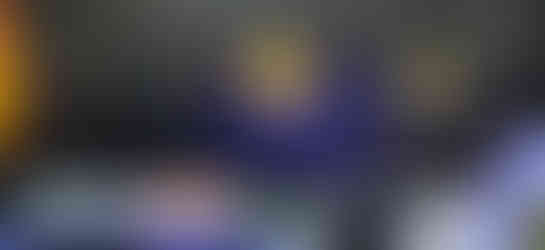




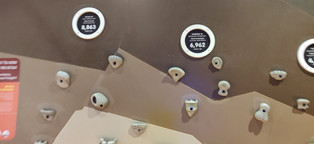
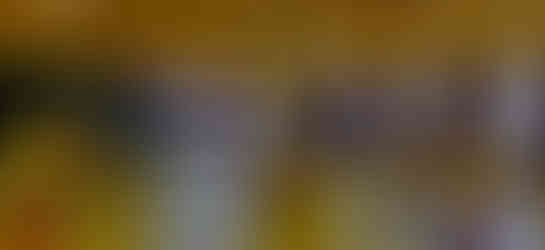

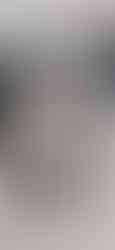



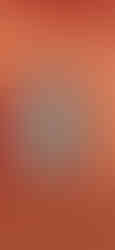



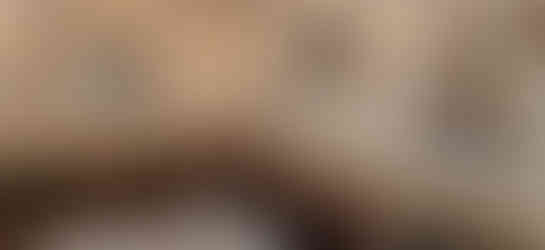

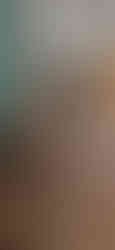

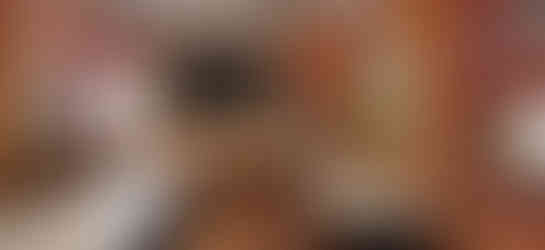


![[Almost] All Restrictions on Entering Israel Set to End](https://static.wixstatic.com/media/920376_2606b0cba5b94c51a3c2019ce39d6e45~mv2.jpg/v1/fill/w_980,h_729,al_c,q_85,usm_0.66_1.00_0.01,enc_avif,quality_auto/920376_2606b0cba5b94c51a3c2019ce39d6e45~mv2.jpg)

Comments